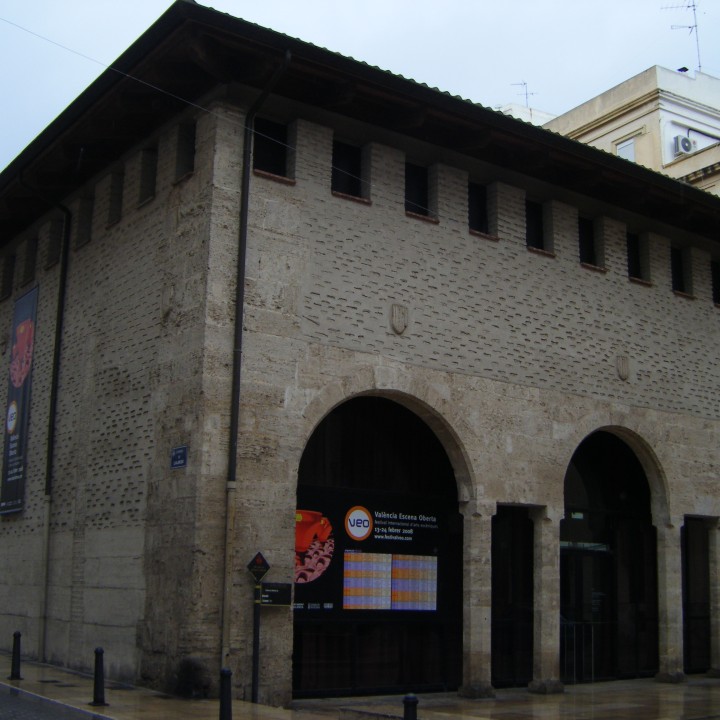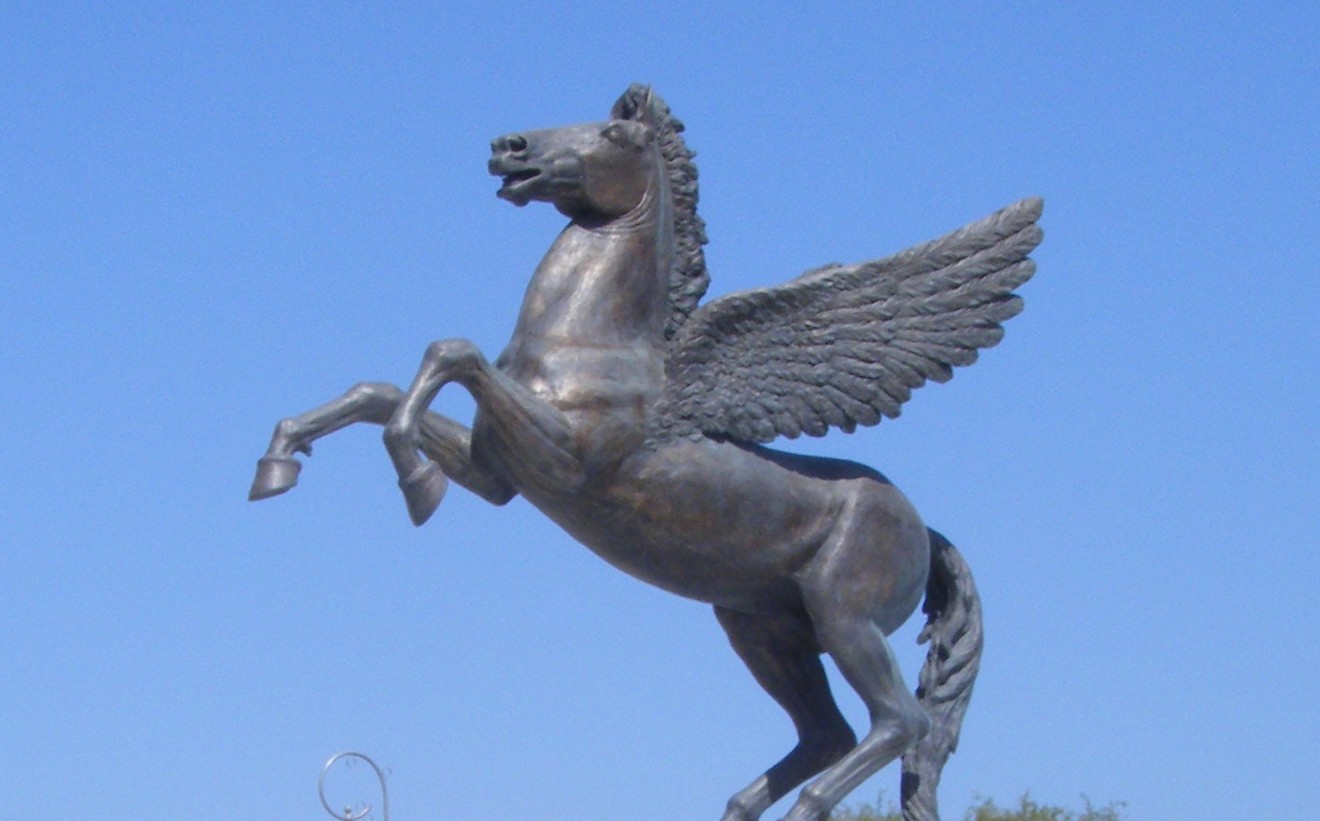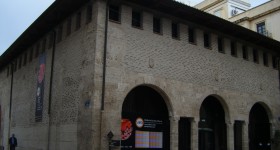Arabs and Christians in peace

I am not certain why but for the last few weeks I have been fascinated with the Arabs and their impact in European cultures. I am predominately interested in the outcome of their contact with the Byzantines in the eastern Mediterranean.
Many times I wondered how did the Arabs view the Christians? It is evident in the sources that Islam respected deeply both the Arabs and the Christians. After all, the Muslims believe into the largest part of the Christian Bible, which is characterised in the Quran as the ‘books of light and wisdom’. The muslims believe that both Moses and Jesus were divine prophets. The only difference is that Jesus preceeded Muhammed who is acknowledged as the last and most important Prophet of Allah. Furthermore, according to Islam the Paradise and the Second Coming exist. Because of these basic similarities in the beliefs of the two religions, the Christians and the Jews were not persecuted in the same way as the pagan Persians. Around the Mediterranean regions, Muslims and Christians co-existed, believing in the same God, even though obvious differences were still in place. There was no need for radical conversions or aggressive military actions. Especially in the previous byzantine regions, the Arabs protected the Christian Church and its property.
What was the degree of cultural contact between the Byzantium and the Arabs? It is widely accepted that Byzantium gave to the Muslims the scientific knowledge, as it was inherited from Classical Greece. After all, Byzantium is nothing less than the continuation of the Roman Empire in the eastern Mediterranean. We know that the Arabs translated the philosophical works of the Greek philosopher Aristotle, and the works of the Roman doctor Gallenus from Greek into the Arabic language. However, the Arabs did not accept them as doctrine. Instead, they expanded on previous knowledge, they perfected the sciences and they became quite innovative in disciplines such as mathematics, astronomy, geography and zoology. Extensive studies on the influence between the two civilisations are still in their infancy but I do hope that soon we will experience a new renaissance in this aspect of Arabic studies.
Apart from the scientific exchanges the two empires experienced also a flourish of commercial exchanges. Even if monetary systems divide regions, commerce always has the tendency to break the borders and spread across large geographical areas. Commercial enterprises were favoured by religious tourism. The Arabs allowed the Christians to visit Jerusalem as pilgrims. In return, the Byzantine emperors permitted the construction of mosques across their territories. The communication between Arab and Christian artists is evident in architecture, painting and mosaics. It has been suggested that the Arabs used in their workshops Christians.

